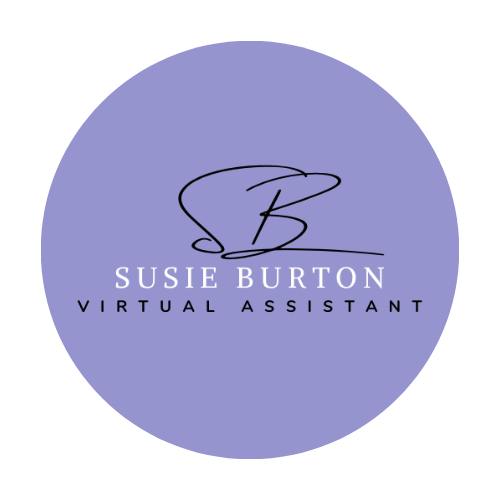
If the amount of memes about meetings that could have been an email is anything to go by, we have all participated in our fair share of less-than-great meetings.
So, how do you plan a great meeting?
Well, apart from the obvious* such as sending out invites, booking rooms, remembering to include links for any remote participants, ordering refreshments (if needed), and so on, there are a few other things you may want to consider to make sure your meeting has a bit more substance than an email.
(*If you do not find these things to be obvious, you may want to see about hiring a Virtual Assistant  )
)
1. Prepare an agenda (and send it out well in advance)
This is your chance to get clear on the purpose of the meeting, and why you are having it in the first place. It also gives participants a chance to prepare for the meeting. This is especially important for introverts (like me) who may not always be comfortable or even able to come up with questions or comments on the spot.
The agenda doesn’t have to be an elaborate or complicated thing. In most cases, a few bullet points in the meeting invite will suffice.
2. Choose your participants wisely
This seems obvious, however, if you haven’t considered the purpose of your meeting, chances are you invite participants who have no interest, stake, or expertise in what you are trying to achieve. Furthermore, sending out an agenda in advance gives your participants a means to assess if they are the right ones for the job, or if someone else should participate instead.
3. Keep your eye on the ball
Having defined your purpose when writing your agenda, you are already halfway there on this point. Clearly communicate the purpose of the meeting, the desired result, and any action points throughout the meeting. Rein in any conversations that veer off track – you may want to take a note of it and get back to those folks at a later stage.
4. Follow up
Meetings with no follow-up are a special pet peeve of mine, and any meeting that isn’t followed up with either minutes or action steps might as well have been an email – in my opinion. As with the agenda, this doesn’t have to be either long or time-consuming. Often a few bullets of main points, decisions, or actions will be enough.
Bonus tip – consider timing
I’m not only talking about the time of day or any potential differences in time zones. I’m also thinking about the length of the meeting. How much time do you really need? Could you boil 60 minutes down to 45? And if so, could you start the meeting at five past the hour and end it ten to? That way you would be giving your participants (those busy executives or solopreneurs) some buffer time in their packed schedules – you can thank me later.
For some, it may seem time-consuming to go through and consider these steps for every single meeting. But if you are not ready to invest a little bit of effort in your meeting, maybe it was better off as an email in the first place?
